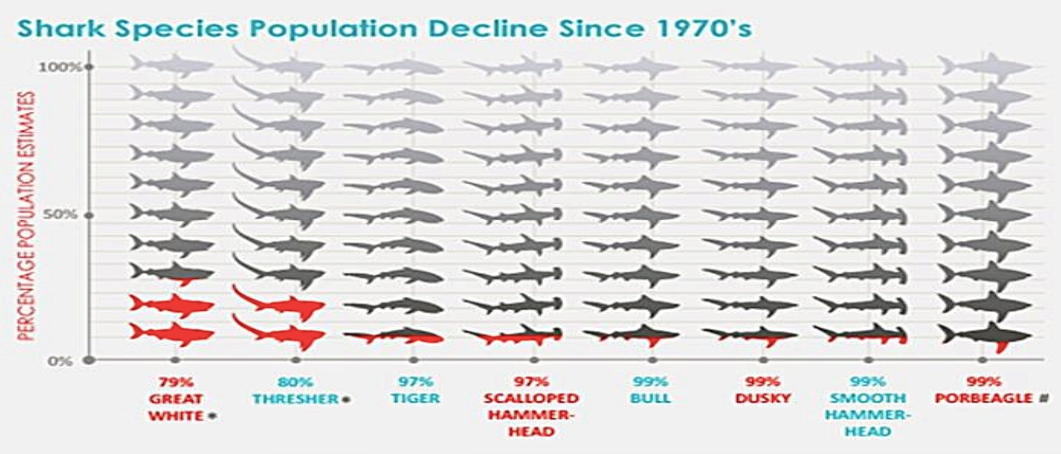
A bird house hung on a tree in the quad
For years now, I’ve felt disconnected from the world around me. The hyper-individualization of the climate crisis led to internalized guilt, shame, and frustration, which manifested into defensive, nihilistic-like apathy. I knew composting one cup wouldn’t change the rate at which the oceans were heating, so why bother? I didn’t feel like I had agency, and more than that, I felt I didn’t have “skin in the game.” This is a concept taken from Britt Wray’s book, “Generation Dread” which has continued to resonate with me. I kept questioning: if we don’t feel that we have “skin” in the game, what inspires us to dream of and fight for a better future?

Two deer eating grass I spotted on a drive.
Among many other lessons, this course taught me that while we may not be able to stop death, we do have agency and with it, the power to create our own “skin.” We have pathways towards managing death anxiety (TMT), we have resources to help us move forward (“Active Hope”), and most impactful (and cliche) of all, we have each other to help solve this problem. We inherited the sins of our progenitors, and while it’s unfair, we have to be the ones to fix them. I won’t lie that this is a daunting task, but it is powerful to realize that we are an agentic collective. While my action project felt disjointed, limiting, and generally not generative, it did help me recognize that despite a lot of outward apathy, all of my peers were dreaming of a better future, we were just worried our hopes would lead to disappointment. Moreover, the group project reminded me of group agency (our ability to do something together, even if it felt semi insignificant) and our shared purpose.

An owl in the tree spotted on my daily walk.
It’s also powerful to recognize that I have individual agency, that doesn’t detract from, but strengthens collective action. This was most inspired by systems thinking, which has allowed me to develop a greater understanding of the world’s complex integration systems and the importance of purpose. I have realized that to be part of collective solutions, I have to create my own purpose first. So, I began that process this quarter. I spent time everyday creating my own “skin” by taking photos of things that reminded me of why I had an incentive to continue fighting, hoping, and dreaming of a better future, which has been incredibly empowering. For the first time, I not only feel connected to the world, but able to do something to ensure its future – both by myself and collectively.









